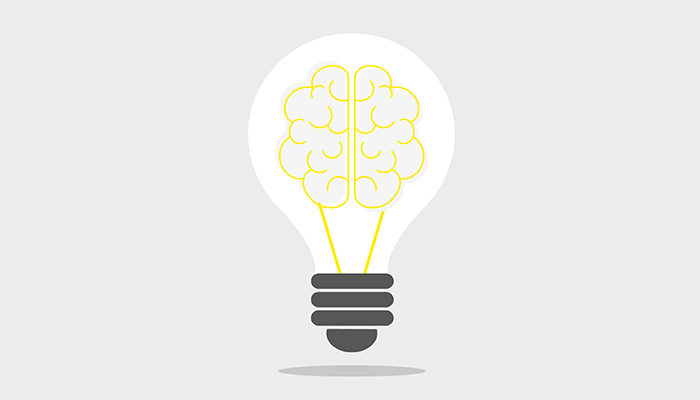
Research carried out by the D'Or Institute of Research and Education (IDOR), the Federal University of Rio de Janeiro (UFRJ), and the Center for Specialized Ophthalmology, Brazil, has identified – for the first time – the shifting changes to the thalamocortical connections in the brains of people with congenital blindness (1).
Here, Theo Marins, neuroscientist, Professor at IDOR, and first author of the study, delves deeper into the research and what it might mean for the future of visual rehabilitation.
What’s the background to the story – and what was your hypothesis?
Although it is already known that congenitally blind people are able to activate the visual cortex, there is no understanding as to how this is achieved. Thus, we sought to investigate the structural basis of the cross-modal plasticity – when a sensory modality makes use of neural resources from another modality to be processed or integrated in the brain. In the case of the congenitally blind, we were interested in how hearing or touch is carried and processed by brain regions responsible for transmitting and processing visual stimuli.
We suspected the thalamus could be able to orchestrate this plasticity because it is the “station” for sensory processing. The thalamus is responsible for directing stimuli to their main cortices, where more advanced processing and integration with other sensory modalities take place. With little change to its anatomy, we believed it could communicate with brain areas that were distant from one another.
How would you summarize the main findings of your study?
Our study provides evidence that neural pathways may accommodate the cross-modal plasticity. We observed that, in the absence of visual stimuli from birth, the thalamus (an entry door for most senses) shifts its connections from the occipital (mostly visual) cortex to the temporal (auditory and multimodal) cortex.
Could this cross-modal plasticity explain the existence of what some describe as a “sixth sense” in blind people?
Yes – but it’s not a sixth sense; rather it is simply an enhanced sense of hearing and touch, described in blind individuals more than 20 years ago.
The study states congenitally blind people can activate the occipital cortex when engaging in a non-visual activity, such as reading Braille...
This is a great example of the cross-modal plasticity I mentioned, which was first described over 20 years ago. Somehow, tactile information doesn’t just go to its usual brain targets, it also goes to visual brain areas. And to reiterate, our findings suggest that this new pathway – that gives rise to cross-modal plasticity – occurs in the thalamus.
How can a better understanding of brain changes related to blindness pave the way for the development of visual rehabilitation initiatives?
By gaining a better understanding of how this phenomenon occurs, clinicians can aim to develop improved rehabilitation strategies and inclusion technologies that favor its emergence and maintenance. Ultimately, we hope that this will lead to the greater inclusion of visually impaired individuals in healthcare settings.
References
- T F Marins et al., “Reorganization of thalamocortical connections in congenitally blind humans,” Human Brain Mapping, 1 (2023).
